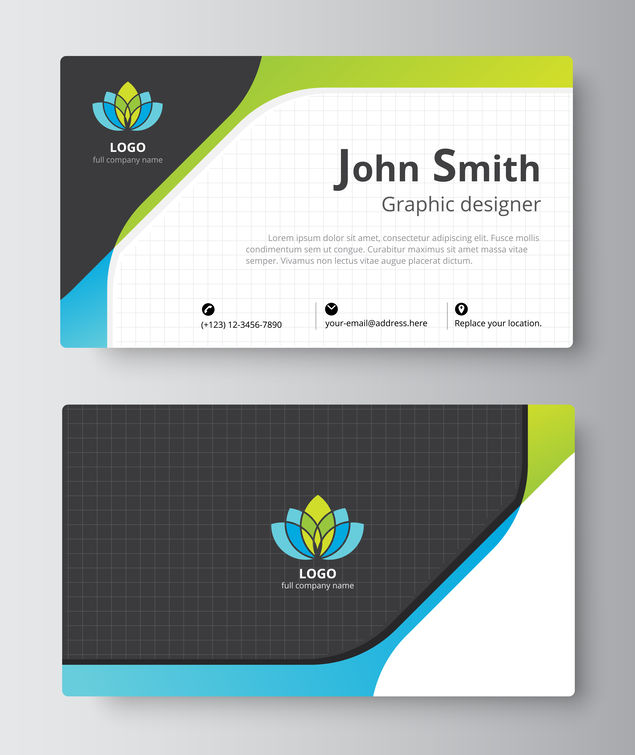A well-designed business card makes you look professional and helps you build trust and strong relationships with your prospective clients and customers. It is important to prepare your design carefully to set you apart from other competitors in your field. This article looks at essential tips to consider when designing a business card.
- Use Complementary Colors
You must choose colors and design elements that identify your brand and business industry. This helps to provide instant brand recognition since customers can relate well with your products and services. The choice of design and paper stock can always tell whether you are an existing business that is well established and has been around for decades or you are a fresh and fun new venture.

- Select the Most Appropriate Shape and Size
Business cards often vary in terms of size and orientation. This influences the size of the text and the amount of information that can be written on the card. Horizontal rectangular cards are very popular because they have been used for a very long time. You can differentiate your brand from other competitors using vertical cards as they are less common but unique in appearance.
- Aim to Impress
First impressions are very crucial as they determine how people view your business or company. Your design should communicate your values and encourage people to get in touch. Use a catchy tagline and bold colors to capture traits if your products or services are creative and playful. If your business is formal and straightforward, then be certain to reflect those qualities in your business card.
- Ensure Your Text is Readable
You do not want your clients to strain their eyes trying to read your email or website address on a business card. They might as well give up and choose another competitor who offers similar products or services. Make sure your text is written in a bold and clear readable font. Anything smaller than 8pt may seem readable when viewed on your monitor but can be printed as a fuzzy smudged line.
- Avoid Using Borders
While borders may look good before printing a business card, they can come out with lop-sided edges when cut. Many printers are designed with a margin of error when cutting cards, so you should always expect some variation in the area where the blade will fall. It is best to avoid using borders at all so that your business card can look neat and organized once printed.
- Be Consistent with Your Logo
It is important to be consistent with special business features such as your logo, website, and other promotional materials. This makes it easier for customers to recognize and remember your brand. If your business is known for something in particular or has an established logo, it is necessary to integrate it into your business card design.
- Ensure Your Contact Details are Correct
Potential or existing clients may become frustrated when they cannot reach you simply because you provided incorrect contact information. This may occur as a typing error or a slight misunderstanding when providing your details. Before you print your business cards, make sure you proofread the text so that you get all the contact details right. Correct any spelling mistakes and choose a legible font of all sections that need to be triple-checked.
- Paper Thickness and Quality
Thicker cards can make your business look professional, as they tend to feel more expensive. Very thin business cards can make them feel cheap and tacky and many people may not bother checking them once in a while. You can also step a notch higher and use plastic business cards, which are highly durable and provide a long-lasting impression.
- Do Some Research
Before deciding on the design, consider doing some little research to give you a better insight into how unique you want your card to be. This allows you to spot different trends that go on in your field so that you do not do what everyone else is doing.
If you are in doubt or you are confused with the numerous designs available, you can always talk to a designer to help determine what works best for you. Do not be afraid to look around and see what others are doing, as it helps you decide on elements that you want to include in your card and aspects that do not fit into your vision.
